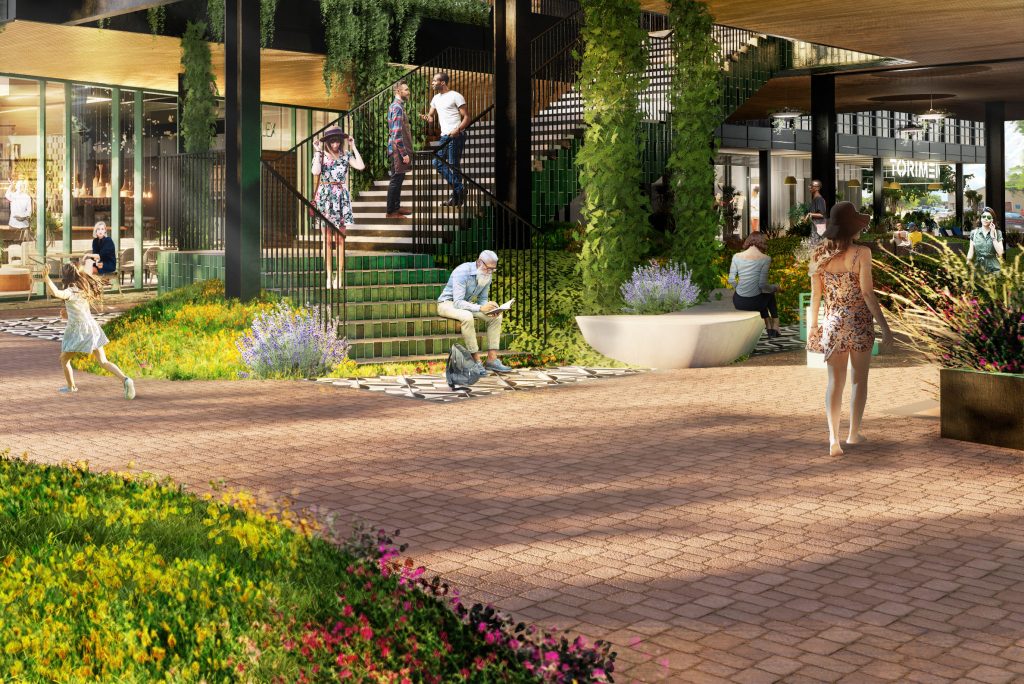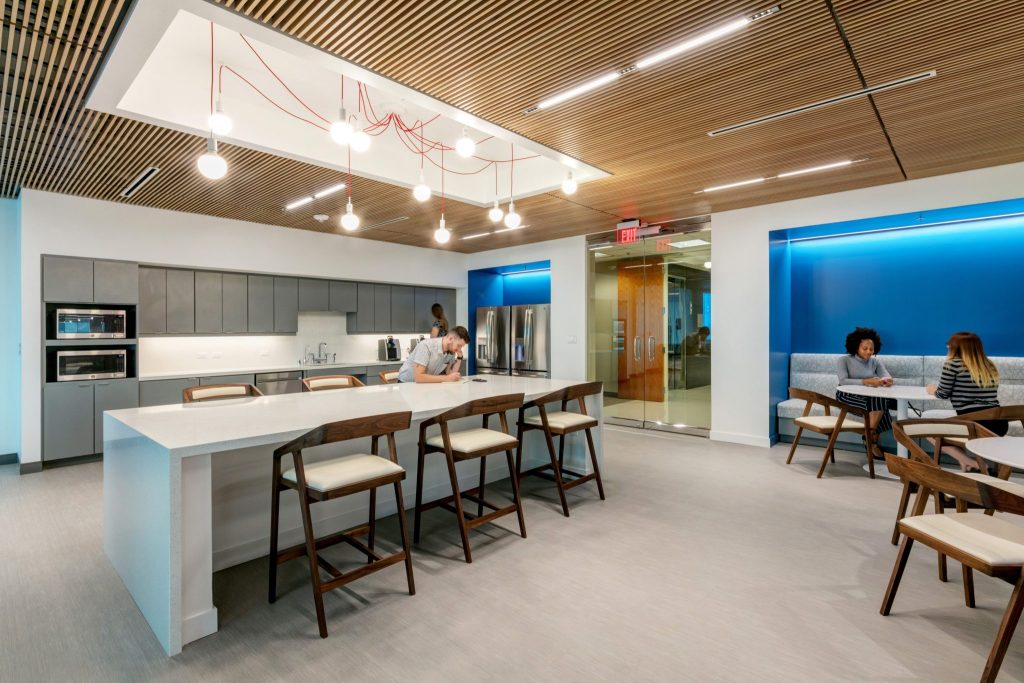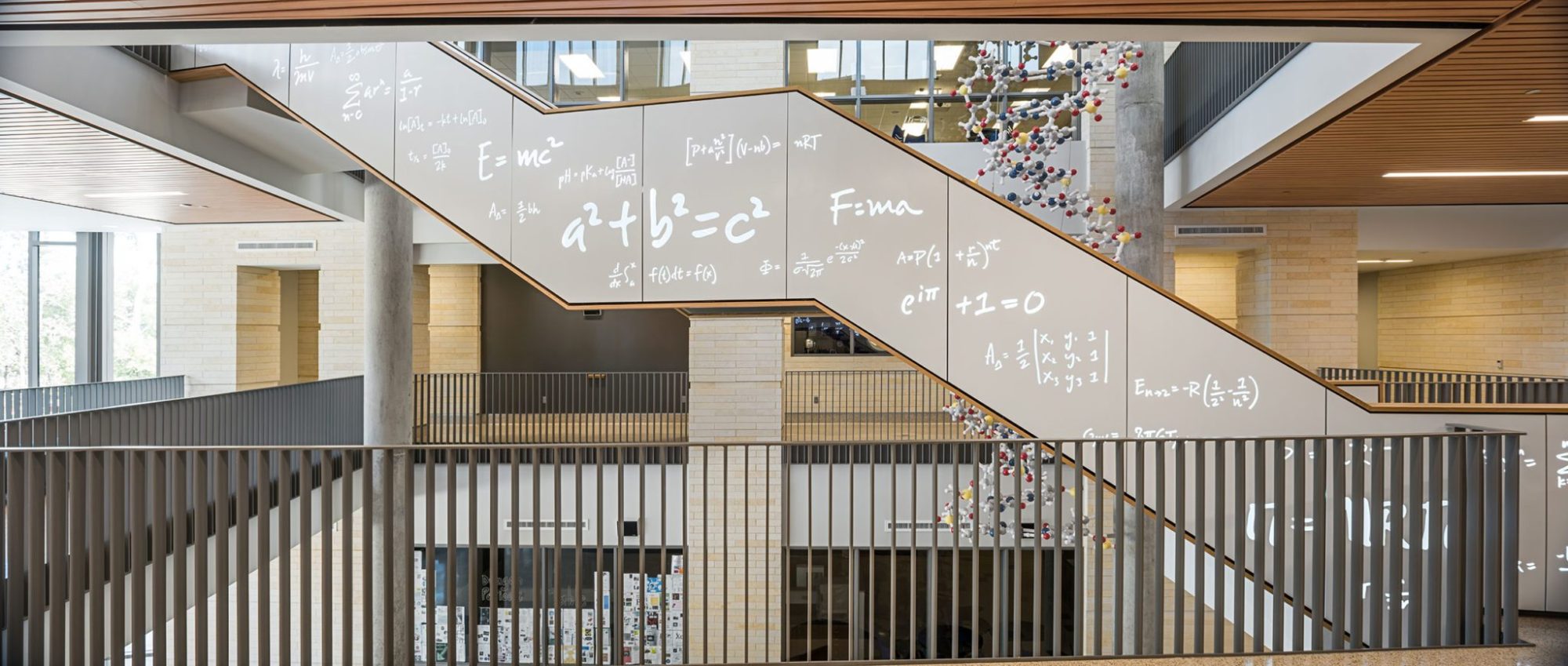“Mental health is an important part of overall health and well-being. Mental health includes our emotional, psychological, and social well-being. It affects how we think, feel, and act. It also helps determine how we handle stress, relate to others, and make healthy choices. Mental health is important at every stage of life, from childhood and adolescence through adulthood.”
Mental health is an essential component of our overall well-being. Although statistics show that mental health disorders are the leading cause of disability in the U.S. and many other developed countries, it is often overlooked and not adequately addressed in our communities or society. However, we all intuitively understand that the mind is a powerful thing. When functioning at its best, the mind can help us achieve extraordinary human accomplishments, while at its worst, can result in debilitating conditions such as anxiety, depression, or substance abuse.
Remembering that we spend approximately 90% of our time indoors, it comes as no surprise that the built environment can play a positive and powerful role in promoting our mental health and well-being. By utilizing appropriate design, programmatic, and policy strategies as outlined in the WELL v2 Standard, we can positively influence not only the lives of employees in the workplace but also the greater community as well.

Health and Well-Being in the Built Environment, Concept 9: Mind
Issue: Mental health is determined by a range of socioeconomic, biological, and environmental factors. The built environment serves as a powerful tool for encouraging both our mental health and productivity. The impact of mental health in the workplace is profound, with depression and anxiety alone costing the global economy an estimated USD $1 trillion due to lost productivity.
Health Implications: The built environment impacts our mental health by incentivizing positive or negative behaviors that are related to risks for conditions such as depression, anxiety, and substance use. These conditions also put us at higher risk for cardiovascular disease, diabetes, and cancer.
Solution: Broad strategies in Green Buildings include designing spaces to be restorative, promote mindfulness, encourage regular sleep patterns, incorporate access to indoor nature, support productivity and focus, and enhance overall perceived health status.
 WELL v2 Standard’s Recommended Strategies:
WELL v2 Standard’s Recommended Strategies:
- Incorporating nature into a project’s interior and exterior design through design elements that encourage interaction with plants, water, light, views, and indirect access to nature by using natural materials, patterns, colors, or images
- Promoting mental health by committing to mental health education, awareness, programming, and initiatives
- Offering mental health support by offering paid time adjustments based on personal circumstances, accommodating individual preferences (e.x. moving a workstation to a busier or quieter area, providing a quiet space for breaks, or allowing the ability to work from home), and use of short or long-term leave for mental health needs
- Identifying areas of workplace stress and providing programs to address these areas and support work-life balance and stress management
- Providing restorative opportunities through programs that allow micro and macro-breaks from the workplace such as breaks throughout the workday and sufficient paid time off (PTO)
- Designing restorative spaces indoors and outdoors that are designated exclusively for contemplation, relaxation, and restoration (not to be used for work). Some design strategies include accessible design, dimmable lights, noise masking (e.x. water feature or natural sounds), thermal comfort, visual privacy, calming colors, textures and forms, comfortable furniture, and nature incorporation
- Offering programs to building occupants, such as mindfulness meditation, yoga, or tai chi to promote restoration and relaxation
- Supporting occupant focus, satisfaction, and productivity by reducing distractions through workplace programs and design. This can be done by providing employees with designated quiet hours, zones, or rooms throughout the day, a stipend for noise-reducing headphones or earplugs, or a visual communication system to indicate do-not-disturb time
- Supporting healthy sleep habits through lighting design as well as workplace policies, education, and resources to improve sleep hygiene as well as provide opportunities to take short naps during the day
- Addressing adverse health impacts associated with business travel, especially as they pertain to stress, sleep, personal relationships, and overall health goals. For example, employers can provide the following for their employees when they travel: supporting employee workload while away, booking hotels with free fitness center access, and providing additional time off for employees who attend long business trips
- Providing employee access to substance abuse, addiction, and tobacco cessation support programs such as counseling, prescription, over-the-counter medications, and nicotine replacement products. Additional strategies include banning the sale of tobacco products on project property and providing education on the health consequences of tobacco to all occupants

Summary
Mental health plays an integral role in human health across all stages of life and is essential for our wellbeing. A mentally healthy workforce is not only good for business, but also strengthens and supports our ability to have healthy relationships, make positive life choices, maintain physical health, handle stress, and grow towards our full potential. By utilizing the design techniques, programmatic measures, and policy strategies as outlined in the WELL v2 Standard, we can positively influence the mental health of ourselves, our families, our communities, and our society.
Hero image at top of the page:
John Cooper School – Rock, Math & Science Center | Ziegler Cooper Architects | The Woodlands, Texas

